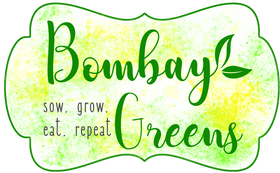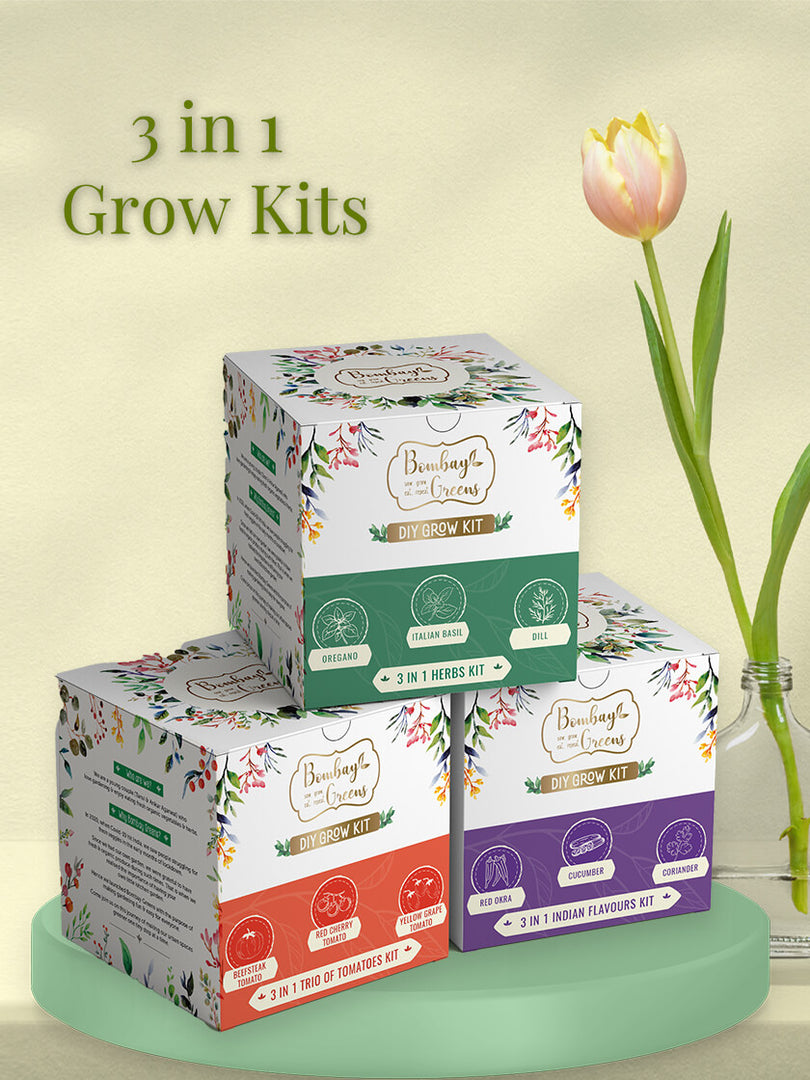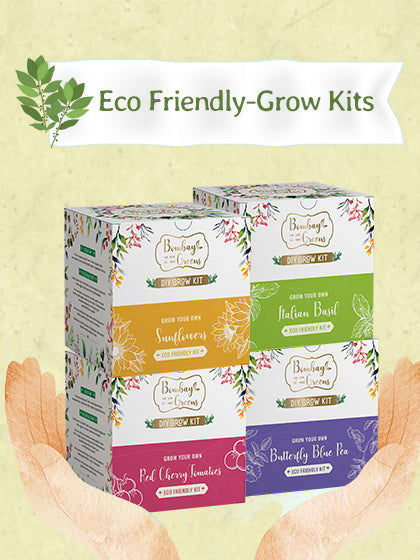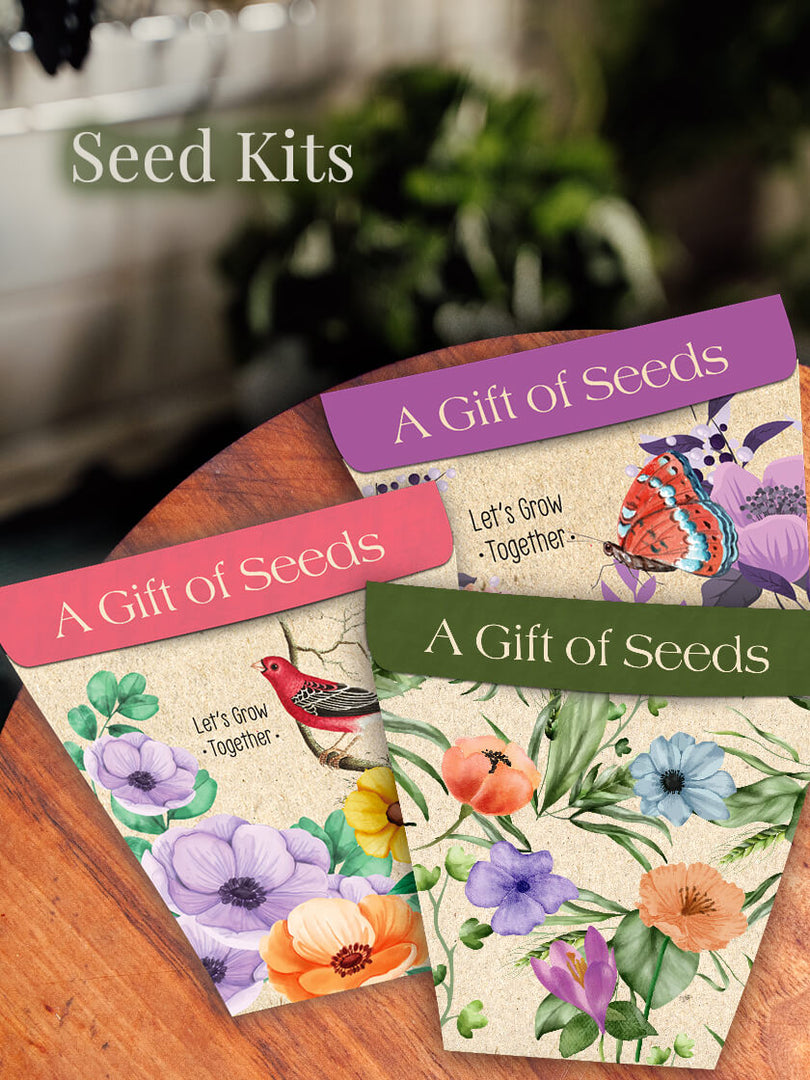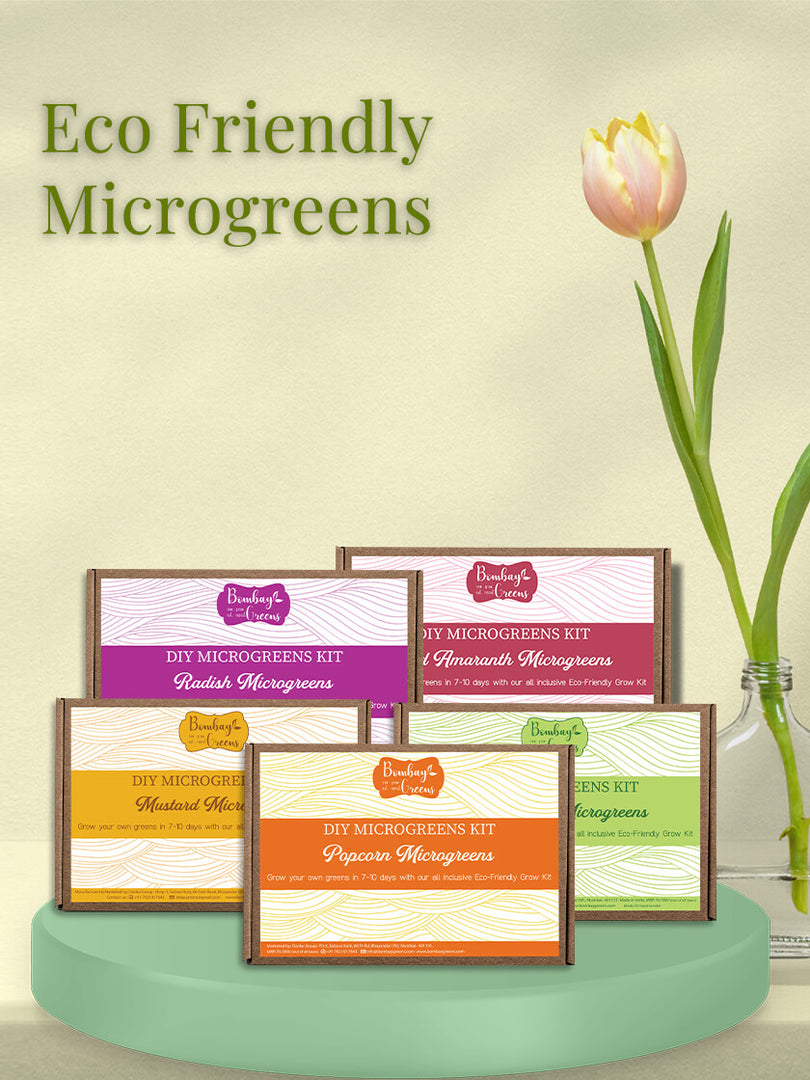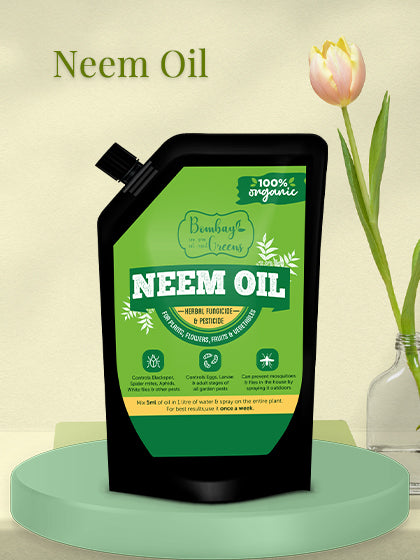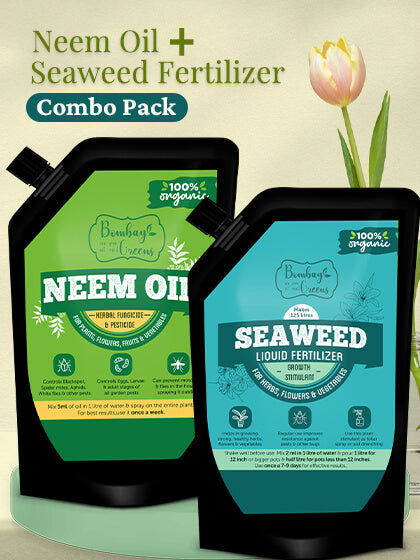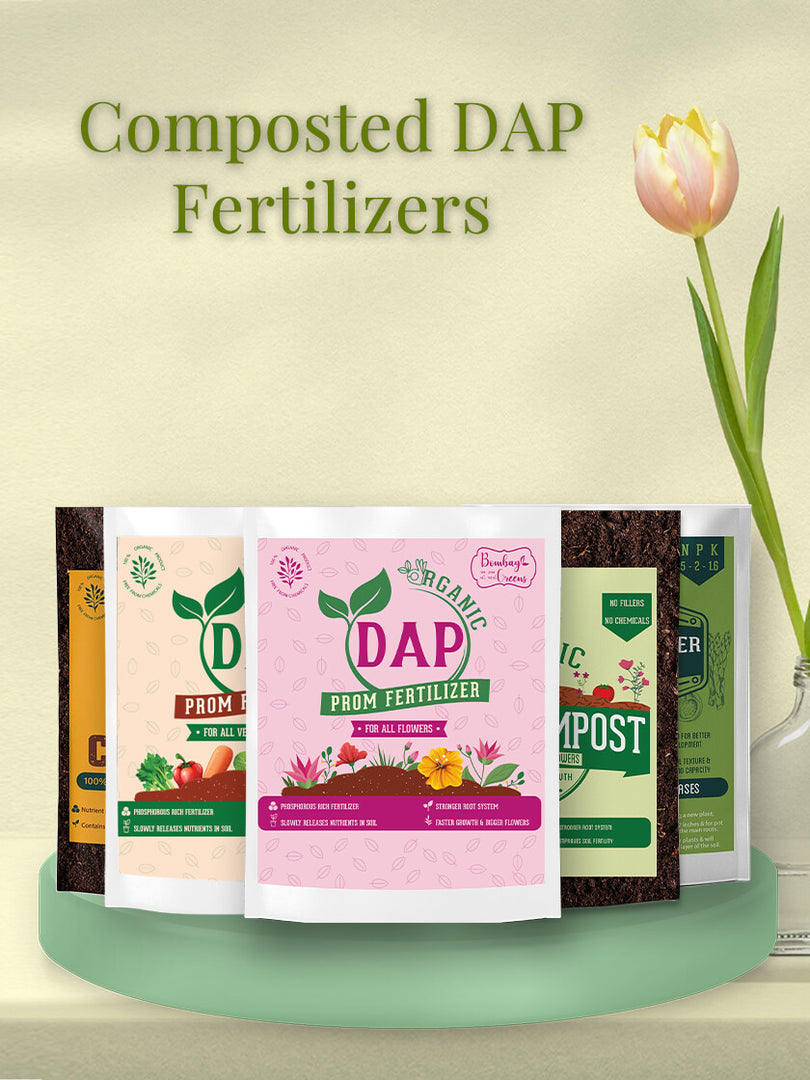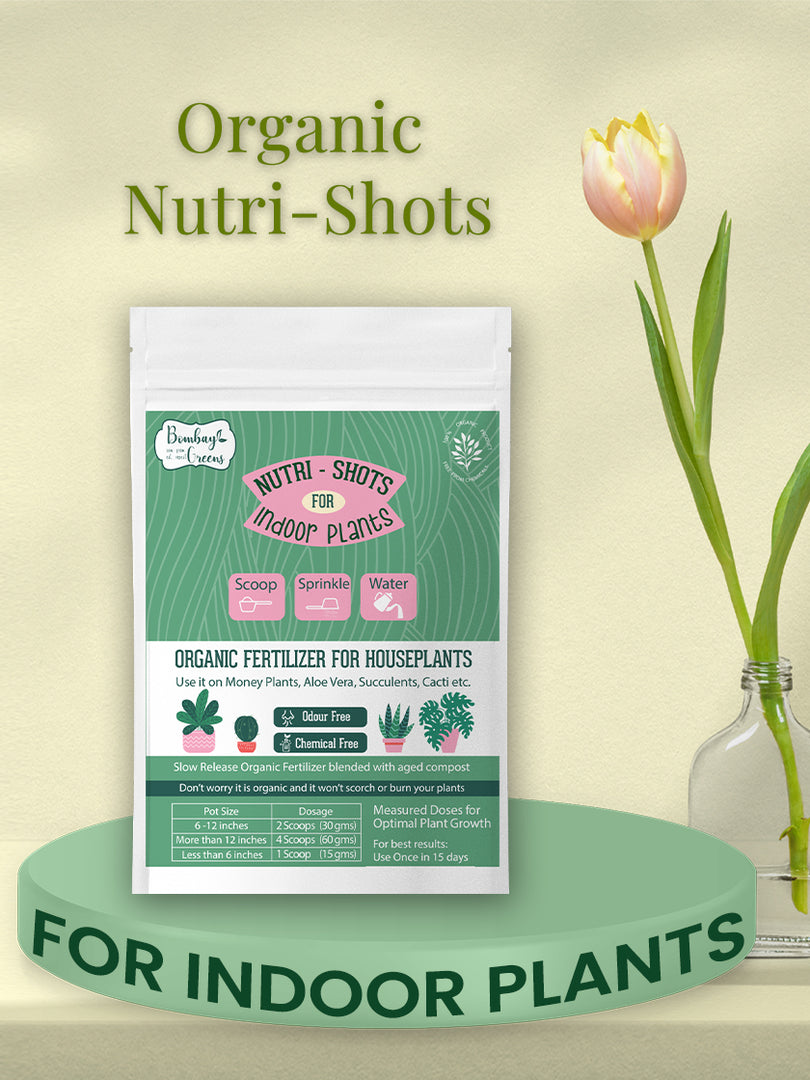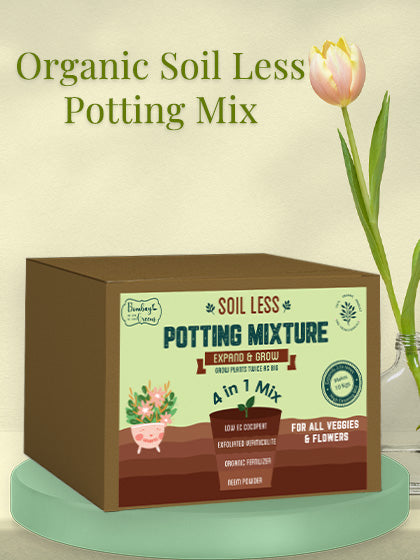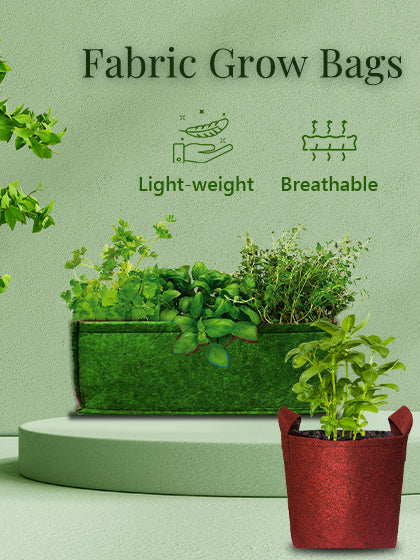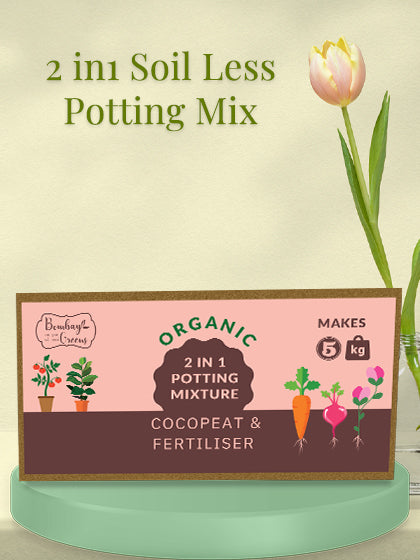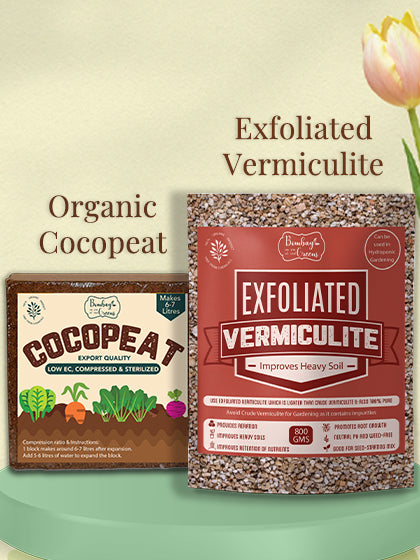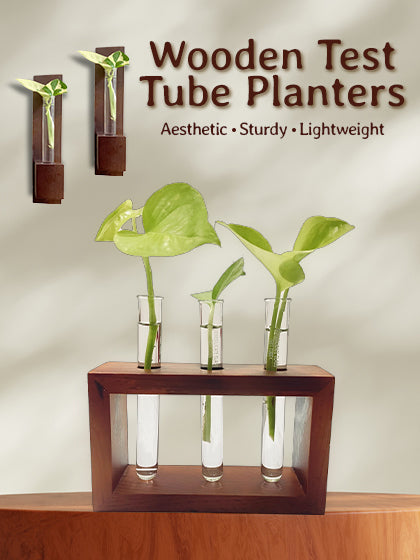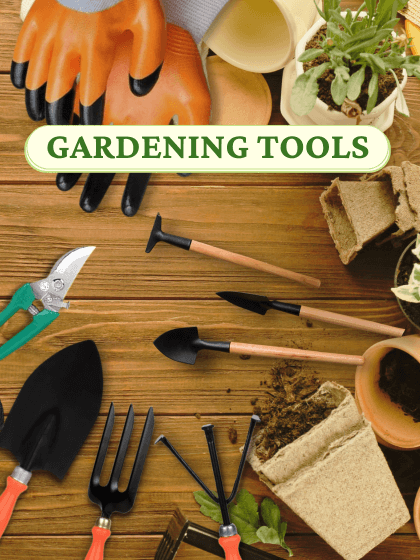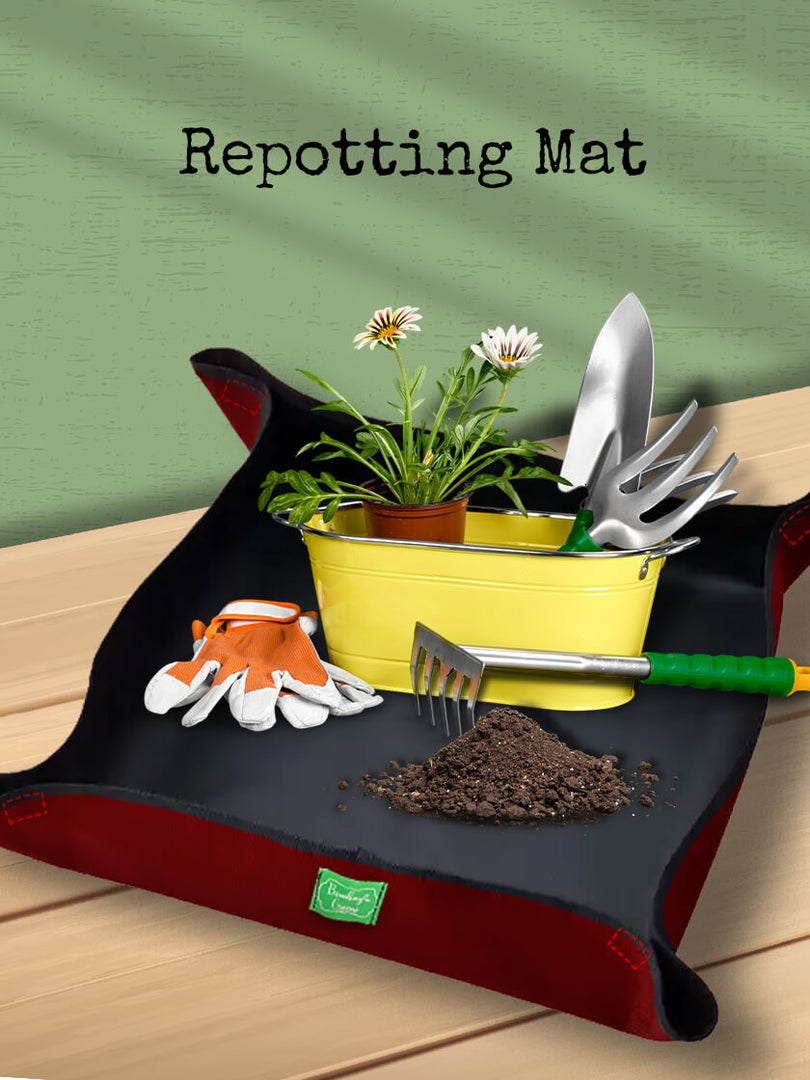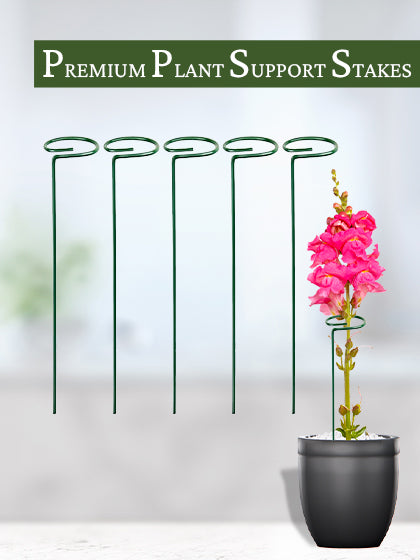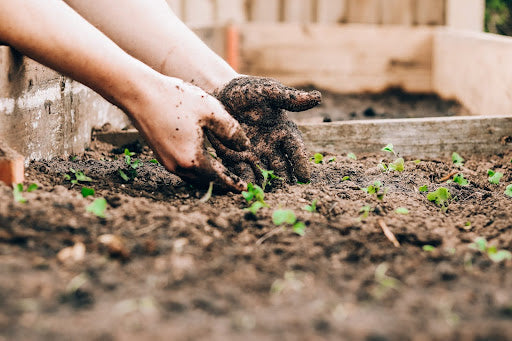| What's in the article: |
Grow bags have become an increasingly popular option for cultivating plants in small spaces without access to traditional garden beds. Whether used by home gardeners or commercial farmers, grow bags provide a portable and convenient planting solution. There are generally two main materials used to manufacture grow bags - fabric and plastic. Both have advantages and disadvantages that gardeners should consider before choosing one over the other. Fabric grow bags are typically made from natural and breathable materials like jute or cotton. Plastic bags, on the other hand, are durable but non-biodegradable.
What are Grow Bags?
Grow bags are portable planters that can be filled with potting mix or soil. Seeds or seedlings are planted directly into the mix inside the bag. It comes in various sizes depending on the type and number of plants being grown. The bags are lightweight and movable, allowing plants to be placed in different areas, like a sunny spot, as needed. It is convenient for anyone with limited outdoor space to grow vegetables, flowers or herbs.
Fabric Grow Bags
Because grow bags available at Bombay Greens are composed of Geo fabric and recycled plastic, these gardening grow bags are environmentally friendly. The fabric quality and its sustainability make fabric grow bags beneficial over plastic grow bags. Fabric grow bags are an environmentally friendly option because they decompose completely in the soil, returning nutrients to the plants. Compared to terracotta or plastic pots, our plant grow bags are significantly lighter because they are composed of lightweight fabric. Using such fabric grow bags eliminates long-term non-degradable plastic trash. Fabric grow bags are an affordable option because they can be reused for several seasons with the right care and storage.


Key Advantages of Fabric Grow Bags
-
Biodegradable
Fabrics like jute and cotton will break down completely if left in the soil after use, returning nutrients to the soil.
-
Environmentally friendly
Natural materials like jute and coir break down without causing any harm to the environment.
-
Better drainage
The porous weave allows excess water to seep away from roots.
-
Increased aeration
Air can freely move through the bag, reducing root rot stress.
-
Natural texture
The slight rough texture of fabric grow bag encourages stronger root structures.
-
Contains nutrients
As the fabric degrades, it releases trapped nutrients back into the soil.
-
Long lasting
If properly cared for, fabric bags can be reused for several growing seasons.
-
Environment-Friendly
By composting fabric remains, nothing ends up in landfills.
-
Cost-effective
Initial investment worthwhile due to reuse potential and no replacement costs.
-
Healthier plants
Breathable fabric encourages optimal root development without constraints.
-
Attractive appearance
Bags blend nicely into gardens without eyesores of plastic debris.
-
Air Pruning
Fabric grow bags facilitate air pruning that allows the tips of the roots to dry out and get detached as soon as they touch the base of the bag. This enables the plant to grow healthier roots.
-
Temperature Regulation
Fabric grow bag material is very breathable, which allows the air to circulate and prevent overheating. This promotes the healthier growth of plants.
-
Reusable
Our geo fabric grow bags are made from a sustainable material and these bags can be used for multiple growing seasons.
Sustainability and Environmental Impact
The benefits of using fabric grow bags as opposed to plastic grow bags can be understood through these points:
-
Environmentally Friendly
Natural materials like jute and coir break down without causing any harm to the environment. Therefore, there is no release of toxins in soil or water. This is a step towards creating a healthier ecosystem.
-
Reducing Plastic Waste
When we grow plants in plastic bags, they ultimately end up in landfills. In fact, plastic takes forever to decompose and hence choosing geo fabric grow bags is a more sustainable option.

Plastic Grow Bags
Plastic grow bags are a commonly used alternative to fabric bags. Made from durable polyethene resins, plastic bags can withstand years of repeated use without tearing if properly cared for. They are lightweight and inexpensive, making plastic a cost-efficient choice up front. However, there are some drawbacks to fabric options. Being non-porous, plastic does not allow for the same air exchange and drainage as natural materials.
Over multiple seasons, moisture can become trapped inside and potentially lead to root issues. Another downside is that plastic bags are not biodegradable. Once damaged, they generate long-term waste that will persist in landfills or outdoor areas indefinitely. Some environmental concerns also exist around chemicals leaching from the resin over time. While initially affordable, plastic grow bags may require replacement more often than reusable fabrics.

Key Disadvantages of Plastic Grow Bags
-
Non-biodegradable
Most plastics do not break down in the soil and stay intact for many years, creating landfill waste.
-
Root binding
Plant roots tend to circle inside smooth plastic walls with no texture for drainage or aeration.
-
Overwatering
Water collects in plastic bottoms rather than draining through like fabric, encouraging root rot.
-
Greenhouse effect
The plastic retains heat and can scorch or dry out plant roots without enough ventilation.
-
Leaching
Certain chemicals in plastic, like plasticizers, bisphenols or phthalates, may leach into soil over time.
-
Lifespan
Plastic bags need frequent replacement once they crack or tear more than fabric bags.
-
Carry compounds
Residual mould release agents used in production may affect soil chemistry.
-
Blows away
Lightweight plastic is more prone to being blown around in windy conditions.
-
Not reusable
Dirty plastic cannot be cleaned and reused as readily as fabric bags.
-
Limited Airflow
Plastic is not breathable and does not facilitate airflow. This can lead to overheating of soil which causes detrimental effects on play growth.
-
Environmental Impact
Plastic goes into landfills and does not decompose easily. This clogs our natural resources like water and soil.
Comparing Cost and Accessibility
The investment in fabric bags can be slightly higher compared to their plastic counterparts. However, their long-term value is higher as there is no need for frequent repotting.
Both plastic and fabric grow bags are readily available in the market, but with sustainability coming into the spotlight, fabric grow bags are becoming more popular.

Tips for Using Fabric Grow Bags Effectively
-
Material Choice
Select natural, breathable fabrics like cotton, jute or coir. Synthetic materials like vinyl provide less aeration and should be avoided. The proper fabric encourages optimal root health.
-
Bag Inspection
Before filling the bags, closely examine them for any holes, weak seams or thinner areas. Repairing bags proactively helps prevent root issues later on. Catching small flaws early extends the usable lifespan.
-
Bag Size
For most vegetables and flowers, a bag holding at least 10 litres of soil allows generous root growth without constraint. Consider sizing appropriately for each type of plant.
-
Soil Selection
Potting mixes formulated for fabric bags incorporate ingredients that retain moisture without becoming waterlogged. This balances the needs of both plants and natural fibre containers.
-
Sun Exposure
Gradually acclimate bags and seedlings placed in full sun to prevent moisture and heat stress. Monitor young plants closely until adjusted to peak sunlight.
-
Watering
Check soil moisture frequently when the plant is small, watering only when the top inch is dry. Fabric breathes well, but too much water can still pool without adequate drainage.
-
Ventilation
On excessively warm days, lay fully-filled bags open or cut slits in the sides to improve airflow and evaporative cooling around roots.
-
Shade Placement
Rotating bag positions or moving into partial shade on afternoons above 30°C can protect temperature-sensitive roots and leaves.
-
Storage
Between uses, store empty bags elevated and in a covered, dry area shielded from UV sunlight that can degrade natural materials over time.


How to Determine the Right Size of Fabric Grow Bag
Here is how you can choose the right size of fabric grow bag for your plants?
-
Plant Size
Match the size of the fabric garden bag to the mature size of the plant. For herbs and small veggies you can go for small bags, while larger bags work well for, peppers etc.
-
Gauge The Root Space
Bigger plants require more root space. Big grow bags provide ample room for roots to expand. This results in better yields.
-
Growth Rate
In the case of fast-growing plants, large geo grow bags can effectively support their rapid development. For slower-growing varieties a smaller bag can also suffice.
-
Placement
Placement of the plant will also determine your choice of grow bag. The grow bag should comfortably fit in your outdoor or indoor space while allowing room for optimum plant growth.
-
Maintenance
Choose fabric grow bags made of durable and breathable material instead of plastic bags for plants. This bodes well for the root health and simplifies maintenance.
How Fabric Grow Bags Help in Maximizing Garden Space
Fabric grow bags from Bombay Greens can help you make the most out of your garden space in the following ways:
-
Vertical Gardening
Fabric grow bags can be stacked and hung on walls or fences, maximizing your garden space. This even lets you experiment with a wide range of plant varieties.
-
Ease Of Placement
The portability of fabric grow bags means you can easily move these bags to sunny spots or shaded areas, according to the seasonal changes. This is also very helpful for fully utilizing your garden space.
-
Safeguards Root Health
The breathable fabric of grow bags promotes air pruning of roots. This prevents root-bound plants while encouraging more vigorous growth. This means that you can grow more plants in the same area.
-
Versatile Designs
Fabric grow bags come in many sizes. You can choose a size that can even fit into small or unconventional spaces, such as patios, balconies, or under trees. This enables you to transform even the tiniest nooks into beautiful garden areas.
Creative Uses for Fabric Grow Bags
Check out these excellent uses of fabric grow bags that will make you want to get these pronto for your gardening aspirations:
-
Herb Garden
You can create a portable herb garden by planting different herbs in fabric grow bags. You can move them around your kitchen or patio to ensure they get the right amount of sunlight. It will let you have fresh herbs at your fingertips year-round.
-
Create A Flower Wall
You can hang multiple fabric grow bags on a wall to create a vibrant flower wall. This not only maximizes space but also adds a stunning and aesthetic visual element to any area.
-
Encourage Kids To Experiment With Gardening
Fabric grow bags are perfect for kid-friendly gardening projects. You can encourage your child to decorate the bags and plant easy-to-grow flowers. It will let you teach them about gardening and responsibility in a fun, engaging way.
Conclusion
Fabric Grow Bags have several distinct advantages over plastic grow bags for both home and commercial gardeners. Their natural breathability and biodegradability make them an eco-friendly option that still provides the benefits of portable planters. With proper care, these bags can offer several seasons of reuse without the worry of chemicals leaching or long-term waste creation inherent in plastic versions. For these reasons, fabric grow bags may be considered a better choice when selecting containers for starting plants or growing vegetables, herbs and flowers.
Bombay Greens is an online garden store providing fabric grow bags and other gardening essentials. So, if you are a garden lover, start developing your terrace garden or home garden with our gardening supplies.

FAQ's
1. Are fabric grow bags more expensive than plastic ones?
The investment in geo fabric grow bags is slightly more than plastic bags but the former are far more durable and sustainable.
2. Can I use fabric grow bags for indoor plants?
Yes. Fabric grow bags can be used for indoor plants.
3. What types of plants are best suited for fabric grow bags?
Geo fabric grow bags are suitable for growing carrots, peppers, tomatoes, petunia, marigolds, etc.
